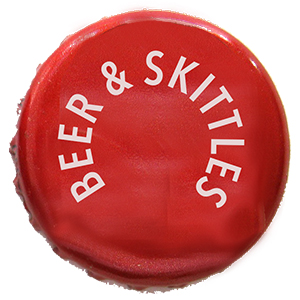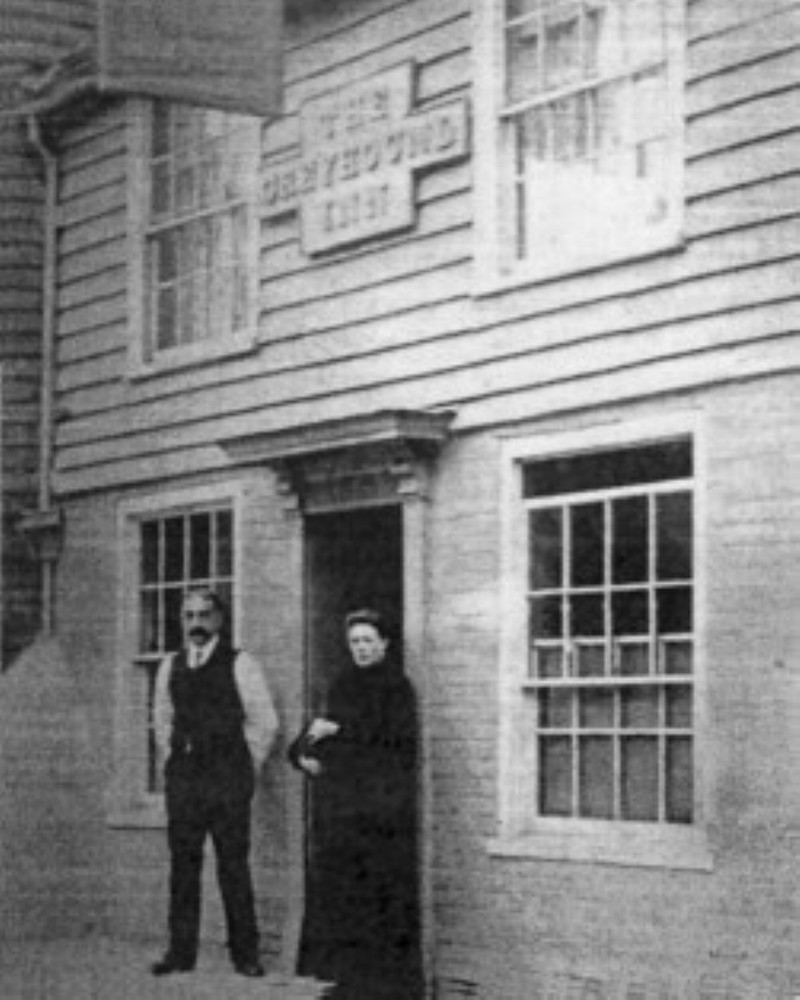This week Beer & Skittles no.14 recalls a lost beer house of Rye, from the mid-19th century. The beer house in question was the Greyhound, which at one time stood in Wish Street. The relatively short life of the Greyhound is littered with tragedy. Its history is a catalogue of struggle with hunger, poverty, disease, bankruptcy, accidental and premature death.
In 1852 John Myers was landlord. This was the time of the ‘treating scandal’ and incredibly, for such a small pub, the Greyhound was given a total of £25 [in today’s terms £1,400] worth of free beer during the General Election of that year! However, getting a living from this pub was a precarious business and in 1863 the Greyhound closed down after John Myers became bankrupt.
‘John Myers of Rye in the County of Sussex, a Licensed Victualler and Dealer in Fishing Nets and Marine Stores … was adjudged bankrupt … on the 14th May 1863 and is required to surrender to William Hazlett, Registrar … at the said meeting of creditors, and a second meeting in June for a last examination.’
After eight months, the brewery found another tenant and reopened the Greyhound in early 1864. The new landlord, Charles Jempson, worked by day as a shipwright. Jempson, his wife and three small children moved into the Greyhound and stayed until 1873, by which time they had seven children. According to their great grandson, Roland Jempson of Bristol, Jane Jempson died the following year giving birth to an eighth child. She was then aged 40 and her death certificate records that she died from ‘breast cancer, confinement and exhaustion’. The baby died the following day just 24 hours old. Charles Jempson, ‘Shipwright and Inn keeper’ lived until 1907. He died in Hastings workhouse and is buried in an unmarked ‘common grave’ in Hastings cemetery.
In 1906 the Greyhound, which had been trading as a public house for 68 years and probably longer as a beer house, became one of the first victims in Rye of the new powers available to local magistrates under the 1904 Licensing Act, and was closed down.
The grounds of police opposition were:
- That a fully licensed house in the place where the premises are situate is not required.
- Having regard to the character and interests of the neighbourhood, the number of licensed houses in the vicinity, the licence held in respect of such premises is unnecessary.
- That in the interests of the public the renewal of the licence is undesirable.
The full history of the Greyhound can be read in The Pubs of Rye 1750–1950 by David Russell, available from the Heritage Centre, Strand Quay; Adams, 9 High Street, The Queen Adelaide, 23 Ferry Road or online: www.hastingspubhistory.com. Other books by David Russell are The Pubs of Hastings & St Leonards, The Swan, Hastings, and Register of Licensees for Hastings & St Leonards.
Photo: David Russell



